MEADOW HAY
$54.00 – $2,916.00Price range: $54.00 through $2,916.00
As with wine, each region transmits its character and typicity, which will give each hay a special<strong> flavor and aroma, in addition to its different mineral and nutritive values. These hay are selected in various terroirs of France to the reputation of fattening or milk production, with producers mastering the art of haymaking.
MEADOW HAY
BUY MEADOW HAY is a traditional and widely cherished type of hay, known for its natural diversity and nutritional benefits for various grazing animals. It is typically compose of a mixture of native grasses, wildflowers, and herbs, harvested from permanent or semi-permanent grasslands known as meadows. This makes it an excellent forage choice for livestock and an ecologically valuable product that supports biodiversity and healthy soil ecosystems. The composition of meadow hay can vary considerably depending on the location, climate, and management of the meadow from which it is harvested. Common grasses found in meadow hay include fescues, ryegrass, crested dog’s-tail, and meadow foxtail, while it might also contain natural herbs like yarrow, plantain, and clover, along with wildflowers. This diverse botanical mix contributes to a rich nutrient profile, offering a balance of fiber, protein, and essential minerals.
Meadow hay has a varied appearance compared to more uniform hays like Timothy, typically containing a mix of green, gold, and straw-colored stems and leaves, sometimes with visible seed heads and dried flowers. Its texture ranges from soft to coarse, depending on the species present and the time of harvest. A fresh, sweet, grassy aroma is a hallmark of high-quality meadow hay.
ORDER MEADOW HAY FOR SALE
It is especially value for providing a broad range of micronutrients and plant compounds derived from its diverse species content. While its protein levels are generally lower than those of legumes like Alfalfa, it offers high fiber content, which is crucial for maintaining healthy digestion in herbivorous animals such as rabbits, guinea pigs, horses, goats, and cattle. For small pets like rabbits and guinea pigs, it serves both as a primary food source and as enrichment, offering varied textures and flavors that encourage natural foraging behaviors. For larger animals like horses, it can be use as a staple forage, particularly for those prone to laminitis or requiring lower-calorie diets.
It also holds ecological significance, as traditional hay meadows are among the most species-rich habitats in temperate regions, supporting a wide variety of flora, insects, and birdlife. Properly cured hay has a moisture content of around 12-15%, reducing the risk of mold or spoilage. When selecting meadow hay, look for a pleasant, grassy scent, minimal dust, and a clean appearance free of mold or excessive debris.
| QUANTITY | 1 BALE, FULL LOAD |
|---|
Be the first to review “MEADOW HAY” Cancel reply
Related products
Hay Bales
Hay Bales
Hay Bales
Hay Bales
Hay Bales
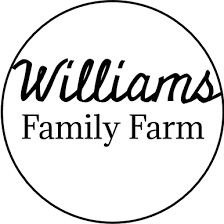

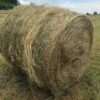



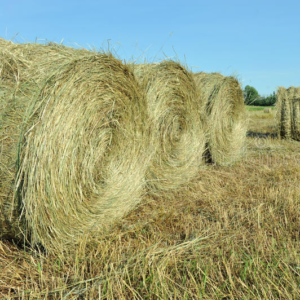
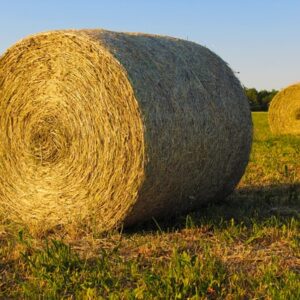
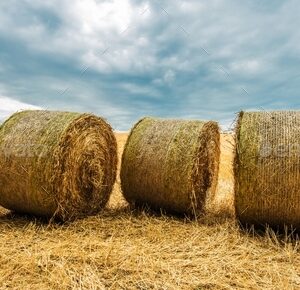
Reviews
There are no reviews yet.